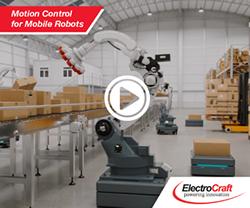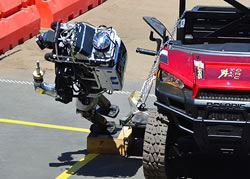Atlas, The Next Generation
What Robots and AI Learned in 2015
Robots Learning Judo Techniques to Fall Down Without Exploding
euRathlon 2015 Challenge
Toyota hires robotics expert for AI push
CRAFT Program Aims for Affordable Designer Circuits that Do More with Less Power
Materials Science: Advancing the Next Revolution of "Stuff"
Join DARPA to Envision the World of 2030
What is the DARPA Robotics Challenge?
DARPA to Explore Possible Futures at "Wait, What?" Forum
Sporting Velodyne's 3D LiDAR Sensor, NASA/JPL's 'RoboSimian' Competes in 2015 DARPA Robotics Challenge
Why Robots and Humans Struggled with DARPA's Challenge
DARPA Robotics Challenge Results
Three Teams Take Top Honors at DARPA Robotics Challenge Finals
Watch DARPA Robotics Challenge Finals Live Online
Records 16 to 30 of 44
First | Previous | Next | Last
Featured Product




.jpg)



